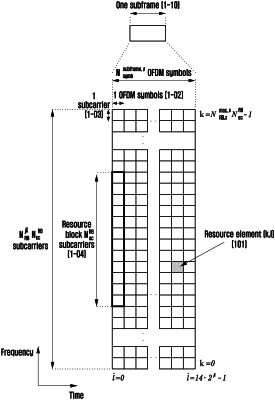| CPC H04L 5/0051 (2013.01) [H04L 5/0082 (2013.01); H04L 27/2613 (2013.01); H04L 27/32 (2013.01); H04W 72/23 (2023.01); H04W 76/27 (2018.02); H04L 27/26025 (2021.01)] | 20 Claims |

|
1. A method performed by a terminal in a communication system, the method comprising:
receiving, from a base station, an activation command of transmission configuration indication (TCI) states;
receiving, from the base station, downlink control information (DCI) including an antenna port field and a TCI field, wherein the TCI field indicates one of codepoints;
identifying a demodulation reference signal (DMRS) port based on a first antenna port indication table and the antenna port field, in response to at least one codepoint of the TCI field mapped being mapped to two TCI states according to the activation command; and
receiving, from the base station, a physical downlink shared channel (PDSCH) based on the DMRS port,
wherein, in case that the TCI field indicates a codepoint mapped to two TCI states and the antenna port field indicates DMRS ports within two code division multiplexing (CDM) groups, a first TCI state corresponds to a first CDM group and a second TCI state corresponds to a second CDM group.
|